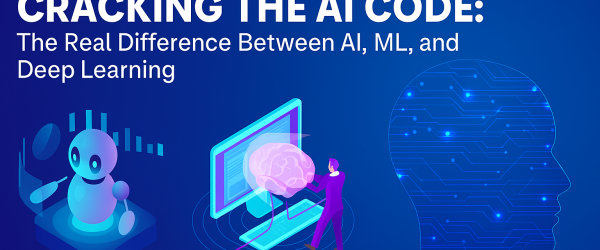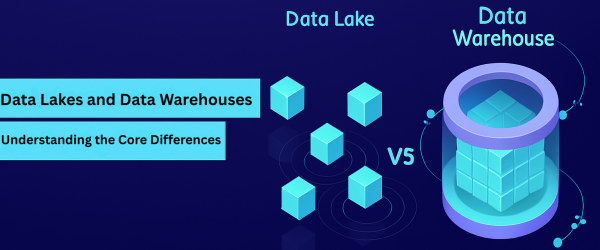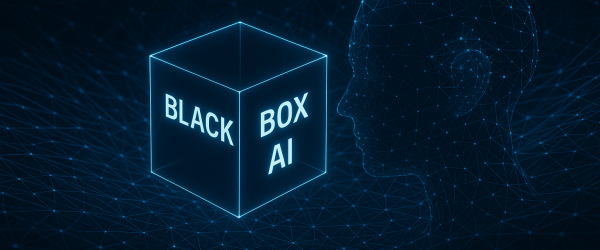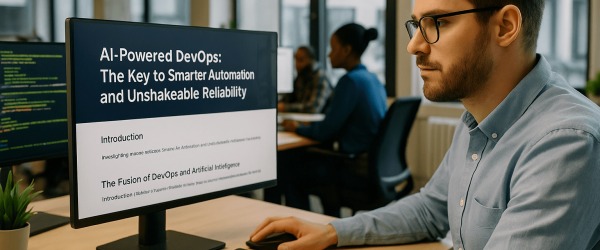The digital landscape is expanding at an unprecedented pace, bringing both opportunities and challenges. With the surge in digital adoption and Artificial Intelligence in Artificial Intelligence, the use of cybersecurity solutions has become paramount to safeguard sensitive information. Organizations worldwide are investing heavily in cybersecurity to protect their assets from evolving threats.
Growth in the Use of Cybersecurity Solutions Worldwide
The proliferation of digital technologies has led to an exponential growth in the adoption of cybersecurity solutions globally. As businesses and individuals become more interconnected, the threat landscape expands, necessitating robust cybersecurity measures. From small enterprises to large corporations, the awareness of cyber threats has prompted a significant uptick in the implementation of cybersecurity solutions.
Uses of Artificial Intelligence in Cybersecurity
In the realm of cybersecurity, artificial intelligence (AI) has emerged as a game-changer. Leveraging machine learning algorithms, AI enables proactive threat detection and adaptive defense mechanisms. Its ability to analyze vast amounts of data in real-time empowers organizations to stay one step ahead of cyber adversaries.
Threat Detection and Prevention
In the ever-evolving cyber landscape, rapid and accurate threat detection is crucial. AI plays a pivotal role in identifying anomalies and potential security breaches by analyzing patterns and behaviors. Machine learning algorithms can recognize deviations from normal activities, enabling swift response and preventing potential threats from escalating.
Security Endpoint: Bolstering Defenses at the Edge
Securing endpoints, such as devices and servers, is a critical aspect of any comprehensive cybersecurity strategy. AI-driven endpoint security solutions provide real-time protection by detecting and neutralizing threats at the source. This proactive approach ensures that potential vulnerabilities are addressed before they can be exploited.
Network Security: Safeguarding the Digital Backbone
As organizations expand their digital footprint, ensuring the security of networks becomes paramount. AI-driven network security solutions monitor traffic, identify suspicious activities, and mitigate potential threats. By continuously adapting to emerging threats, these solutions fortify the digital backbone of an organization, maintaining the integrity of data transmission..
Email Security: Building Resilient Communication Channels
Email remains a primary communication channel for businesses, making it a prime target for cyber threats. AI-powered email security solutions employ advanced threat intelligence and pattern recognition to filter out malicious emails, preventing phishing attacks and ensuring the integrity of communication channels.
User Authentication and Access Control: Fortifying the Digital Perimeter
Ensuring the identity and access control of users is fundamental to cybersecurity. AI-enhanced authentication systems use biometrics, behavioral analysis, and contextual information to verify user identities. This multifaceted approach strengthens the digital perimeter, reducing the risk of unauthorized access.
Incident Response: Navigating the Cyber Battlefield
No cybersecurity strategy is complete without a robust incident response plan. AI accelerates incident detection and response by automating repetitive tasks, providing real-time alerts, and facilitating a coordinated response. This proactive approach minimizes the impact of security incidents and aids in swift recovery.
Monitoring and Continuous Adaptation: Staying Ahead in the Cyber Arms Race
Cyber threats are dynamic, requiring constant vigilance and adaptation. AI-driven monitoring systems continuously analyze network activities, detect anomalies, and adapt defenses accordingly. This proactive stance ensures that cybersecurity measures evolve in tandem with emerging threats, maintaining a resilient defense posture.
Conclusion:
In conclusion, the integration of artificial intelligence and data in cybersecurity is not just a response to current threats but a strategic investment in future-proofing digital environments. The synergy between human expertise and AI capabilities creates a formidable defense against the ever-evolving threat landscape.
FAQs: Navigating Common Queries in Cybersecurity
Q1: How does AI enhance email security?
AI in email security employs pattern recognition and threat intelligence to identify and filter out malicious emails, safeguarding communication channels.
Q2: What role does user authentication play in cybersecurity?
User authentication, reinforced by AI, ensures the secure access of authorized users through advanced verification methods, reducing the risk of unauthorized access.
Q3: How does AI contribute to incident response?
AI expedites incident detection and response by automating tasks, providing real-time alerts, and facilitating a coordinated response for swift resolution.
Q4: Why is continuous adaptation crucial in cybersecurity?
Continuous adaptation, driven by AI monitoring systems, ensures that cybersecurity measures evolve alongside emerging threats, maintaining a resilient defense posture.
Thank you for reading. For continued insights and in-depth discussions, please follow our blogs at Ezeiatech.







